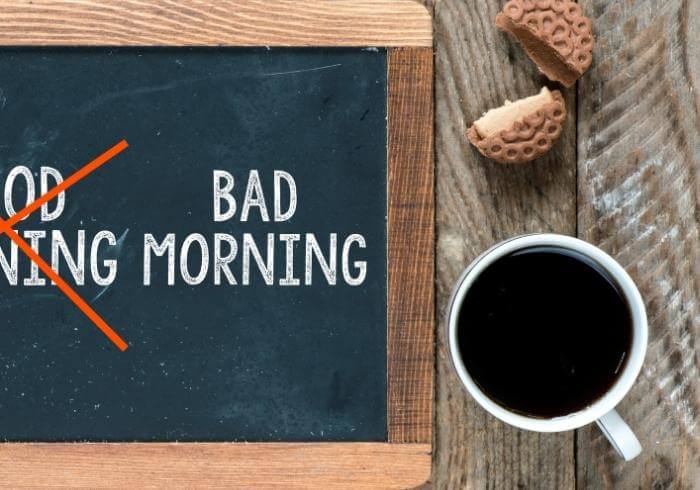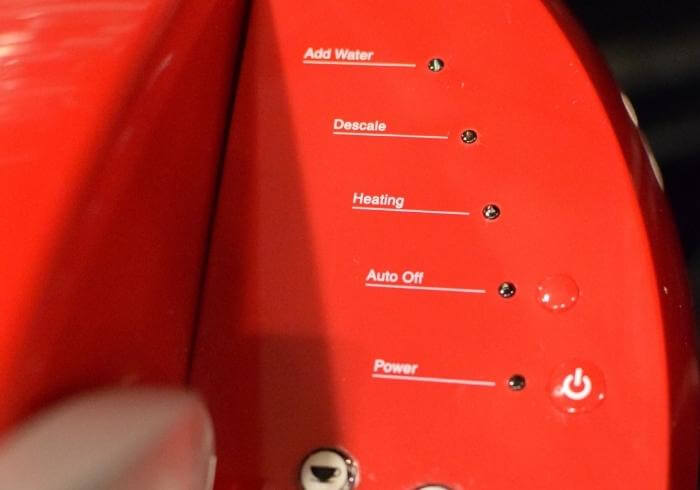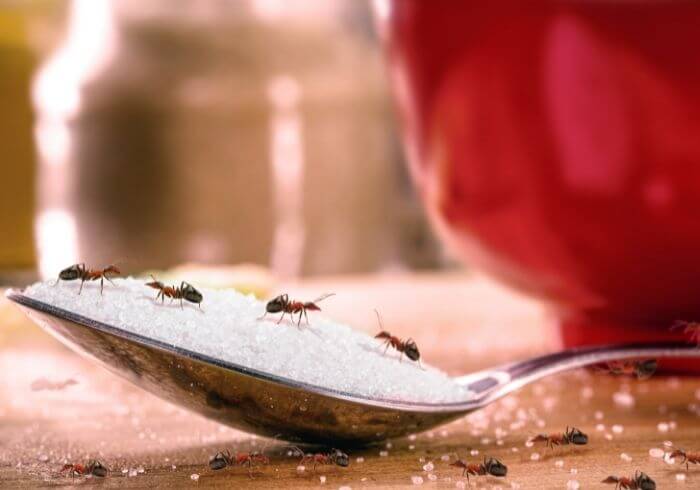A yucky-tasting cup of coffee is no way to start the day. If your Keurig tastes like plastic and won’t go away, then you need to read this guide! It will require a bit of detective work, but I’ve laid out the most common problems you may run into and solutions that can help.
Brewing coffee in a new Keurig is the most common reason your coffee tastes like plastic. But it can happen with older models too. When plastic parts start off-gassing, the gasses can leach into your water and taint your coffee cup. Cleaning is one method to help remove the plastic taste.

Why Your Keurig Coffee Tastes Like Plastic
Your Keurig Machine Is New
While you might expect to brew a perfect cup of coffee as soon as you set up your Keurig for the first time. The reality is that plastic fresh from the factory needs some tempering and breaking in.
This is especially true when you’re heating up water, and it passes through plastic piping. The plastic is off-gassing, collecting in the water, and then passes through your K-CUP. This can make your coffee taste terrible.
According to WebMD, you should limit your usage of plastic products around food, even if the toxicity is low. So, I think it’s best that we should at least get rid of the plastic taste and smell before chugging cup after cup.
Solution: Trying brewing a few runs of hot tap water, not scorching, without a K-CUP. This will help temper the plastic and break in your new machine. You could also try descaling your Keurig before your first coffee. This is a great way to learn how to do it and set yourself up right from the get-go for delicious brews in the morning.
Using Reusable Plastic K-CUP Filters
I love reusable filters, but they are made mostly out of plastic. So the same advice as above applies here, too, for new filters.
However, plastics will degrade over time and even more quickly with heat. So if your old filter is starting to make your coffee taste like plastic, it’s best to replace it.
Solution: The most logical decision here is to replace your reusable filter and consider buying a stainless steel or gold filter instead.
Your K-Cups Are Old Or Poor Quality
I always advise buying official K-CUPs because you can depend on their quality overall. But you’ve been eyeballing a new flavor and just have to try it no matter what is where you can end up in trouble.
However, if the K-CUP or K-CUP Pod has been sitting around, the thin plastic that holds your favorite coffee might be leaching into it. Unfortunately, you won’t be able to tell until you brew a cup.
Solution: Avoid using old K-CUPs and purchase from reputable brands and sellers. There isn’t much you can do with bad K-CUPs, but you could try opening them carefully and brewing them in a regular coffee maker or use a reusable filter. But chances are that the coffee may be stale or taste old.
Your Keurig Is Dirty
If you have been neglecting your Keurig, it’s probably time to give it a good cleaning. This is good advice when trying to diagnose most Keurig Coffee Maker problems.
Over time mineral buildup, bacteria, mold, and just hot water itself can affect various plastic parts and lead to your plastic-tasting coffee. I don’t have all the explanations about various chemical reactions that occur, but once your machine is clean, you may find your coffee tastes right again.
Solution: Give it a deep clean! Cleaning and descaling your Keurig should be part of your maintenance plan, even if it’s just taking care of the most important bits like the reservoir and needle and wiping them down.
Your Water Filter Needs To Be Changed
Sometimes it’s difficult to realize that your plastic reservoir is to blame and that your charcoal filter has been helping reduce the plastic taste.
It’s not until your charcoal filter is spent that you start putting the pieces together. But before that happens, if your Keurig has a filter, you should keep a regular schedule so that it doesn’t get to this point.
Solution: Not all Keurigs have filters, but if your model comes with one, change it and keep a few on hand. Charcoal filters don’t last long when exposed to air or water and, while still good, can mask issues with water in your reservoir.
Your Keurig Is Old
I hate to repeat about time and plastic, but it’s probably the 2nd most common reason why your coffee might taste like plastic.
Eventually, all plastics will degrade and release chemicals into whatever they are holding. If your beloved Keurig is over 5 years old, this may be the source of your problems.
Solution: It’s time to replace your Keurig. It might be difficult to replace your particular model, so consider upgrading to a similar one with features that would help improve your experience. Remember the first solution in this guide when you buy a new Keurig.
Final Thoughts
Often, bad-tasting coffee is with the coffee beans or water that you’re using rather than the machine itself.
If you’ve tried all of the above solutions and you’re still getting a plastic taste from your Keurig, then it’s time to replace the coffee maker.
If you’re still within the warranty period, then you should be able to get a replacement machine from Keurig. Otherwise, you’ll have to purchase a new one.











